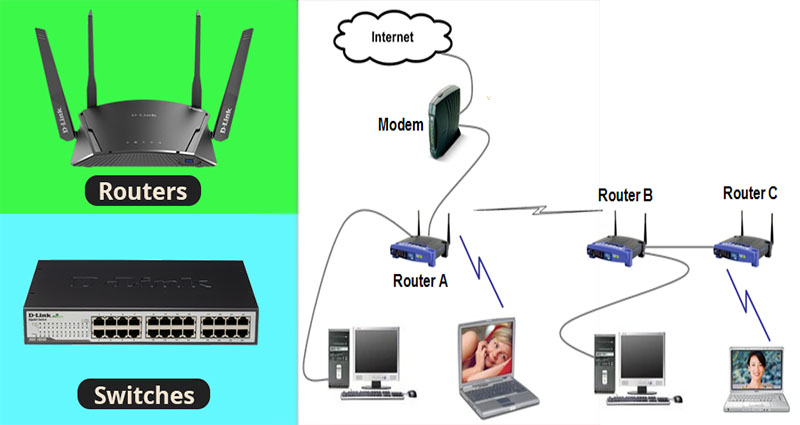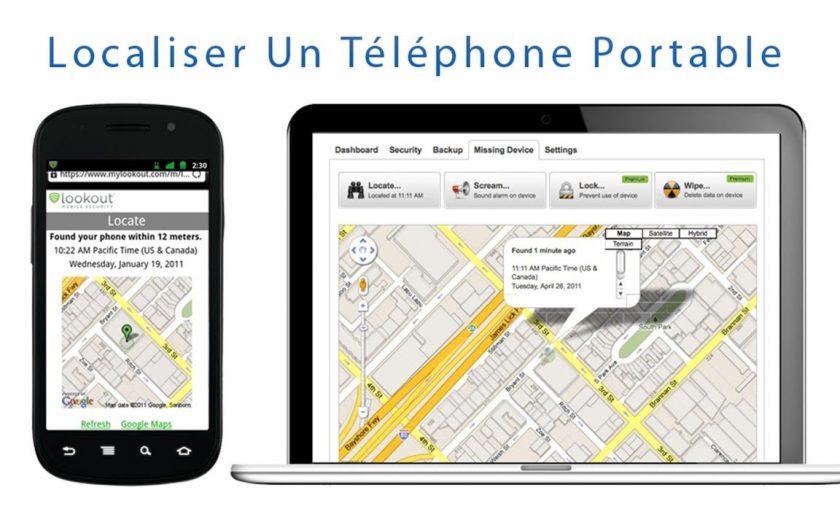Advantages and Disadvantages of Internetworking
There are numerous benefits of internetworking. The Internet has reduced our geographical and social isolation. In addition to this, we no longer have to live in an isolated society. We can now enjoy a more active and fulfilling lifestyle, as a result of our involvement with the Internet. But there are also some disadvantages of internetworking. Here are a few:
Social isolation
One study concluded that going online more often is an advantage in reducing social isolation. The researchers calculated that for every ten minutes spent online, the perception of loneliness decreases by 0.051 points. This reduction was small, but significant. Internet use by older adults is associated with lower levels of loneliness than other types of social isolation. However, the benefits of internetwork do outweigh the disadvantages. In addition to reduced loneliness, internetworking also helps people remain connected to others.
While many people fear that they may be isolated … Continue reading >>>












